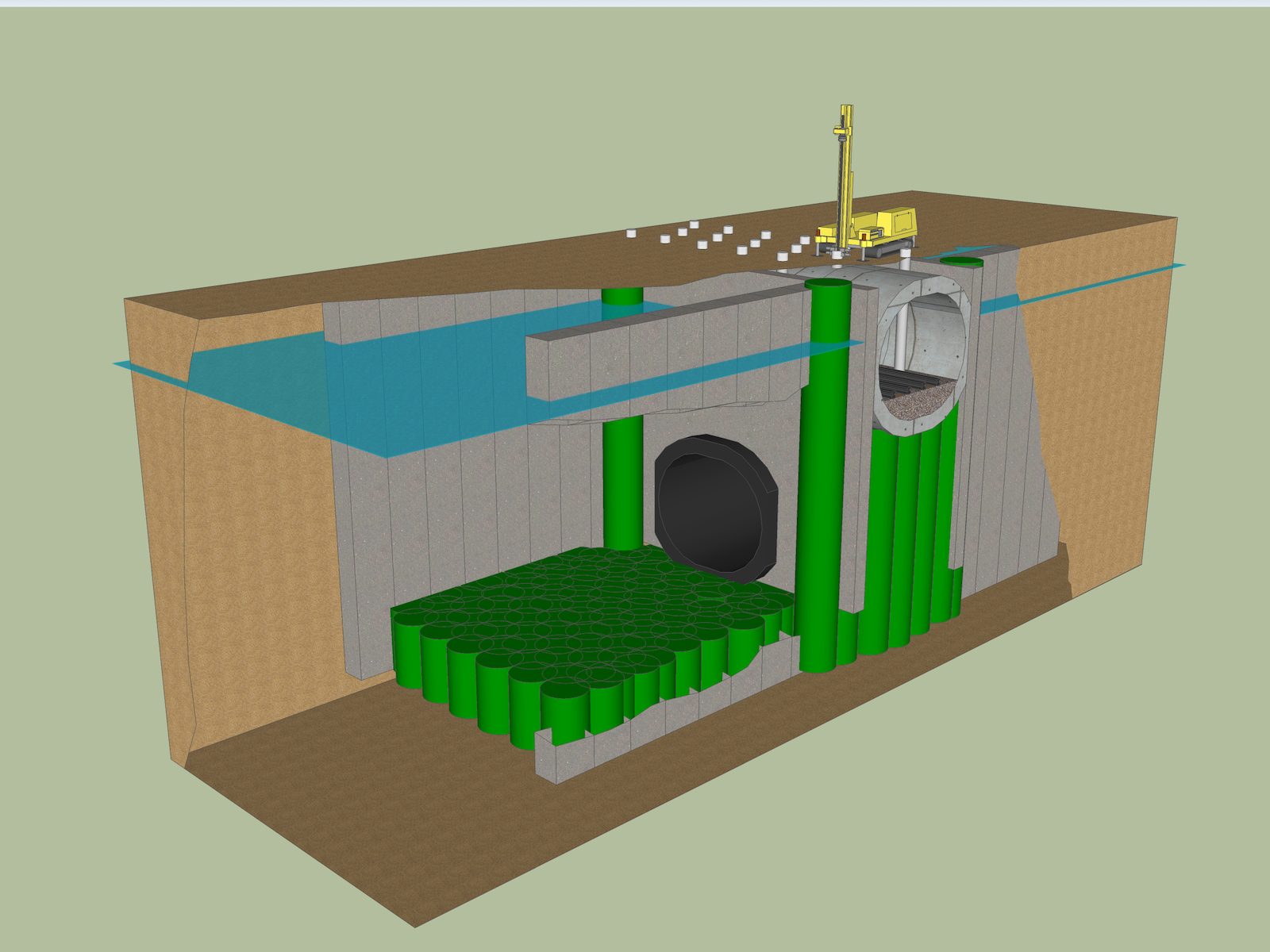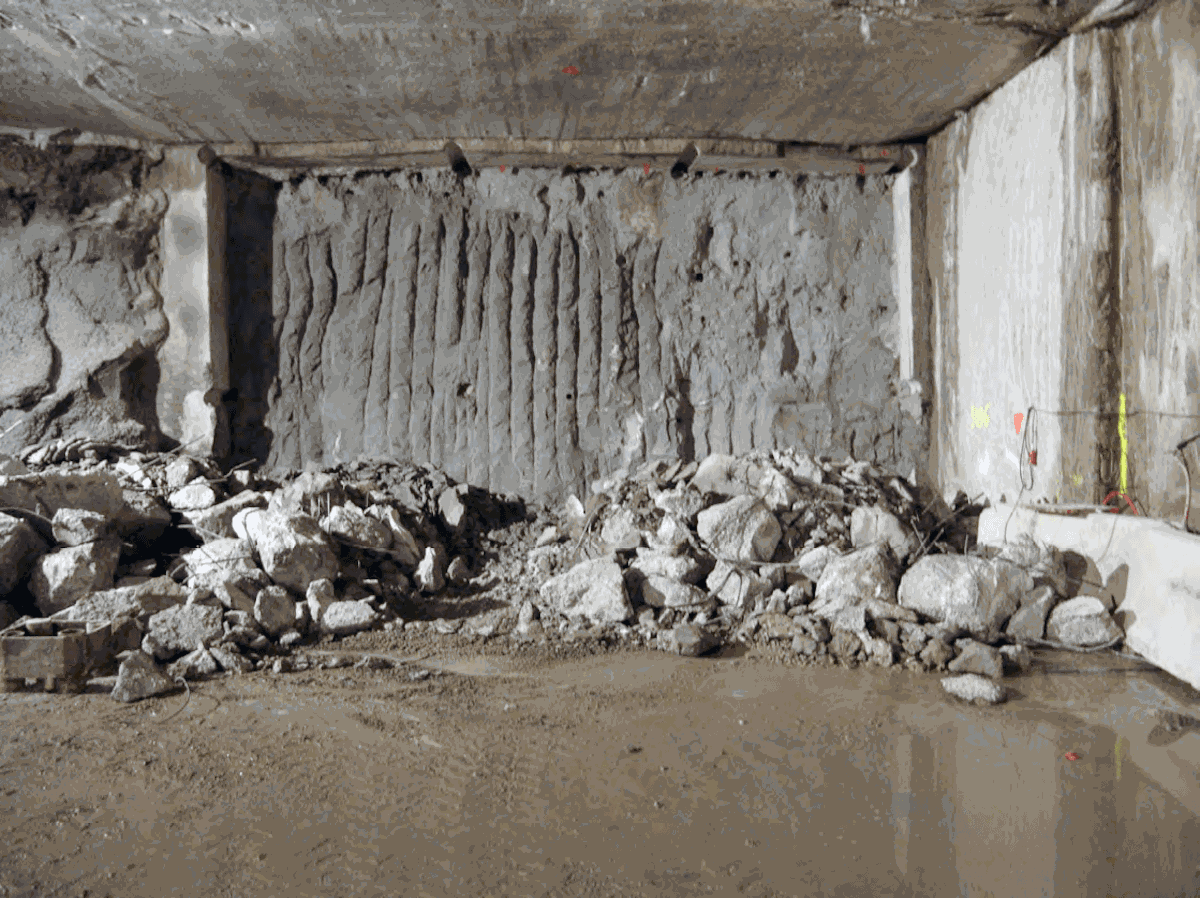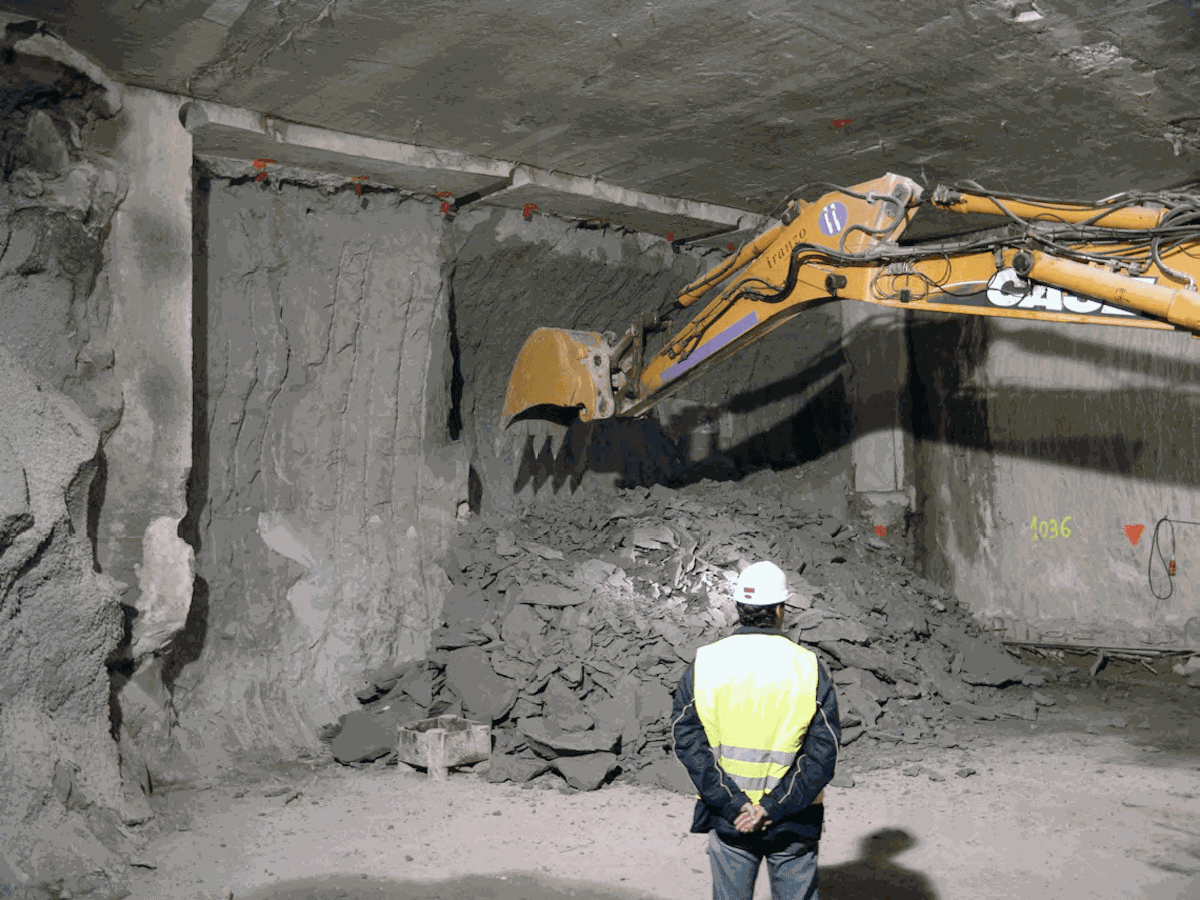Metro Line 9
2007 | 2010
The works were carried out in the urban area of the city of Barcelona and are part of the expansion project of the existing underground network and the construction of Line 9 which will connect Josep Tarradellas Barcelona-El Prat airport - to the south - with Santa Coloma de Gramanet - to the north - passing through the city center, following a 29.7 mi (47.8 km) long route. Once completed - construction completion scheduled for 2029 - this will be the longest underground metro line in Europe 27.16 mi (43.71 km). The plain of Barcelona is mainly made up of the river deposits of the Besos and Llobregat waterways and of the material transported by the Collserola - the mountain range located north of the city - by the numerous streams and streams formed during the Quaternary. Above the BARCELONA (Spain) granite, slate and calcareous rock formations at the base, there are fluvial deposits of varying thickness (even of the order of 100 m) consisting of mainly fine-grained materials, generally layers of silty sand in sandy silt, with occasional insertions of gravel and very high permeability values. The structural details chosen and the depth of the project, associated with the characteristics of the sub-soil with the presence of water, led to systematical and extensive recourse to treatment with Jet Grouting, which is particularly effective for the consolidation and waterproofing of soils and highly complex logistic situations due to the presence of other utilities or exi- sting structures that brought significant limitations on the works. Jet Grouting treatments were performed in 15 different locations - AMADEU TORNER, SAN COSME (part), EIXAMPLE NORD and PLAÇA CATALUNIA, shafts 1A, 3A, 3B, 4, 4A, 6, 6B, V1, the section on two levels of PLAZA EUROPA - each characterized by special needs. All Jet Grouting treatments were installed using PS3, triple-fluid technology (air, water and grout) using a bottom-up installation procedure. Excellent results have been obtained in all cases with columnar treatments in large diameters: the diameter of the columns was found to be on the order of at least 4 m with the maximum, also proven and documented, over 5 m. The resistance to compression (after 28 days) obtained for the samples treated with JetGrouting drawn by core sampling have been found to be better than 3.5 Mpa. A continuous monitoring of Jet Grouting parameters has bee carried out by means of PRS3 real time data collection system


